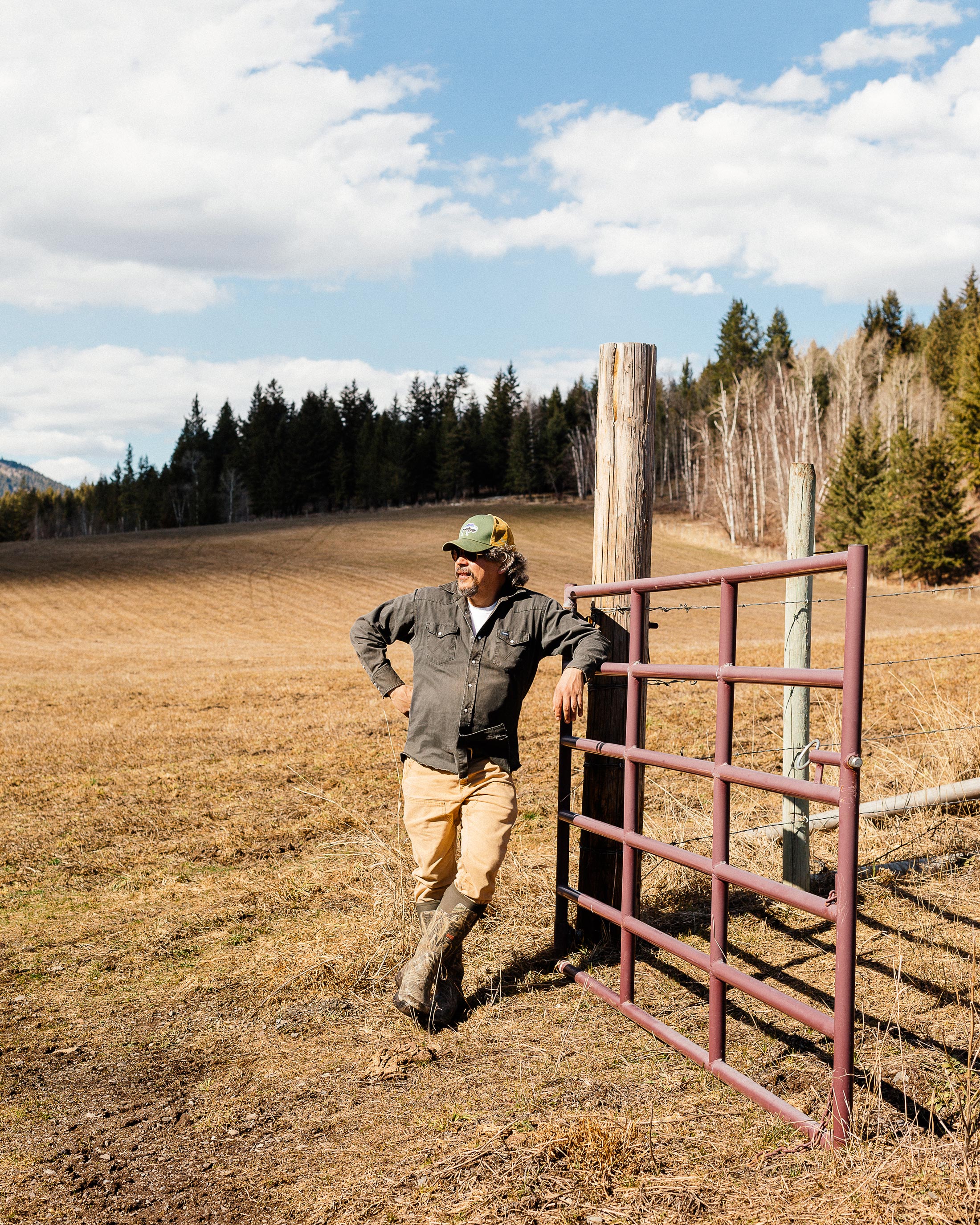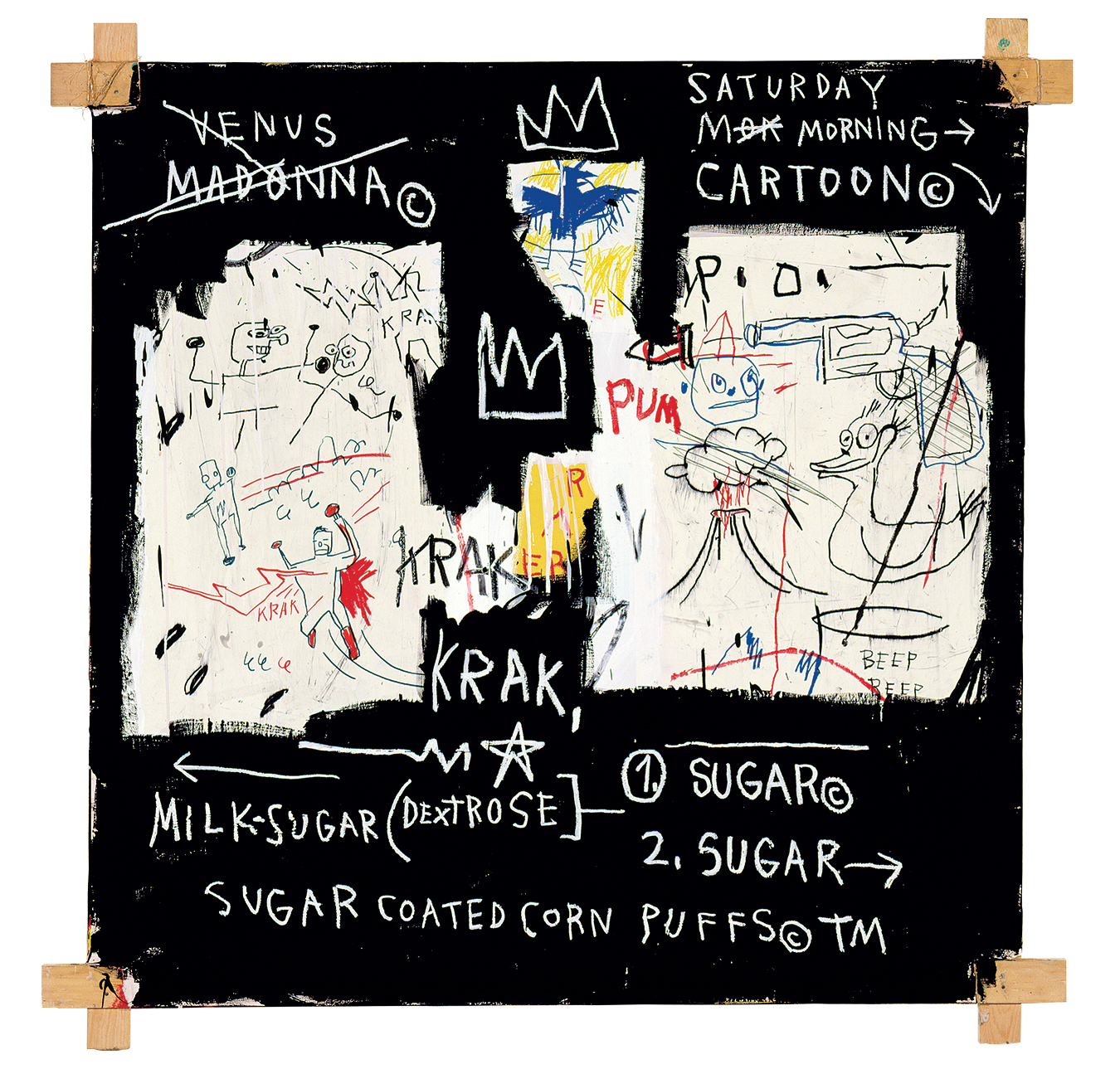-

Edward Burtynsky, Saw Mills #1, Lagos, Nigeria, 2016. Pigment inkjet print, 58 ½ x 78 inches. © Edward Burtynsky, courtesy Nicholas Metivier Gallery, Toronto.
-
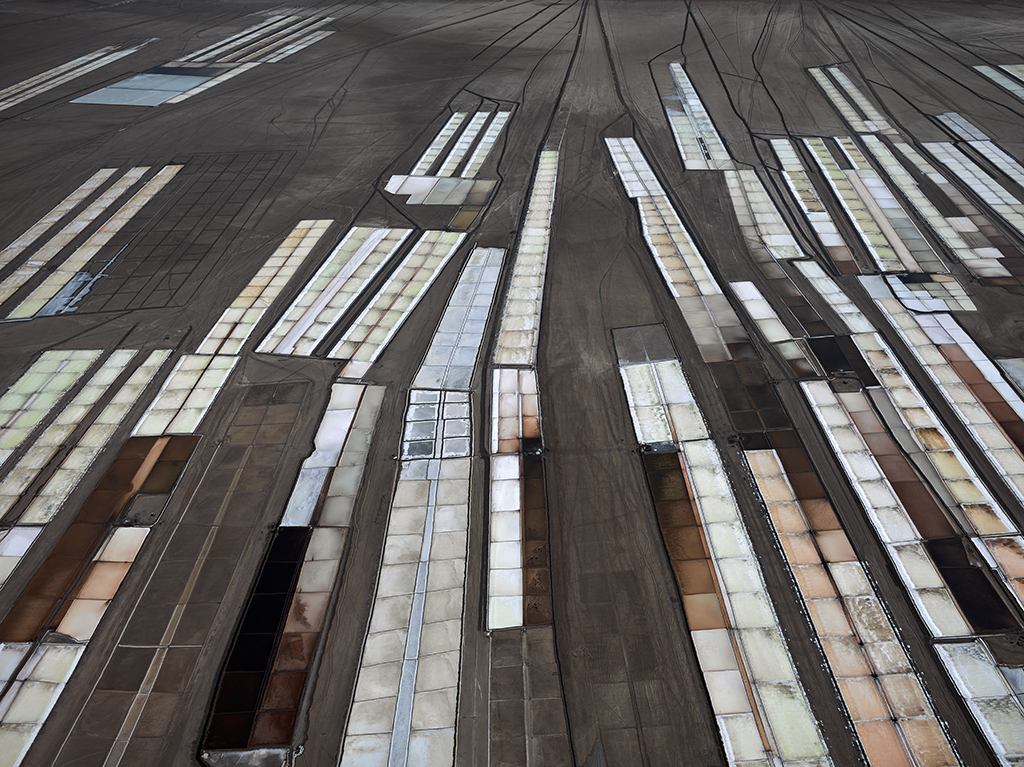
Edward Burtynsky, Salt Pan #18, Little Rann of Kutch, Gujarat, India 2016, Pigment inkjet print, 58 ½ x 78 inches. © Edward Burtynsky, courtesy Nicholas Metivier Gallery, Toronto.
-
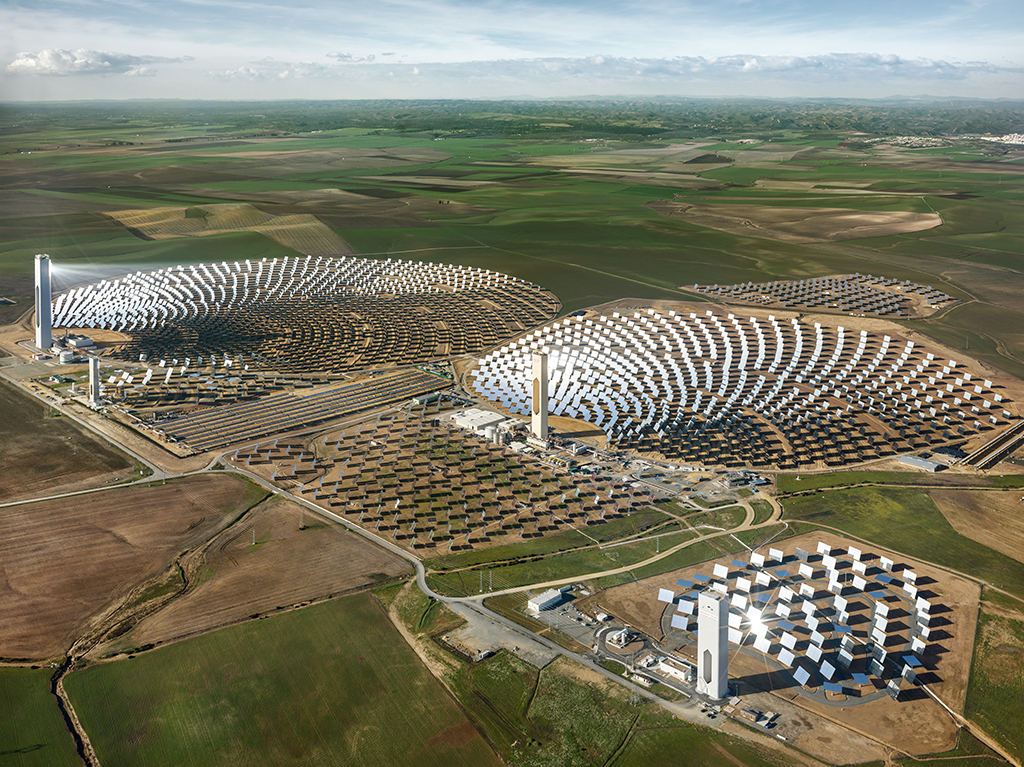
Edward Burtynsky, PS10 Solar Power Plant, Seville, Spain 2013, Pigment inkjet print, 58 ½ x 78 inches. © Edward Burtynsky, courtesy Nicholas Metivier Gallery, Toronto.
-
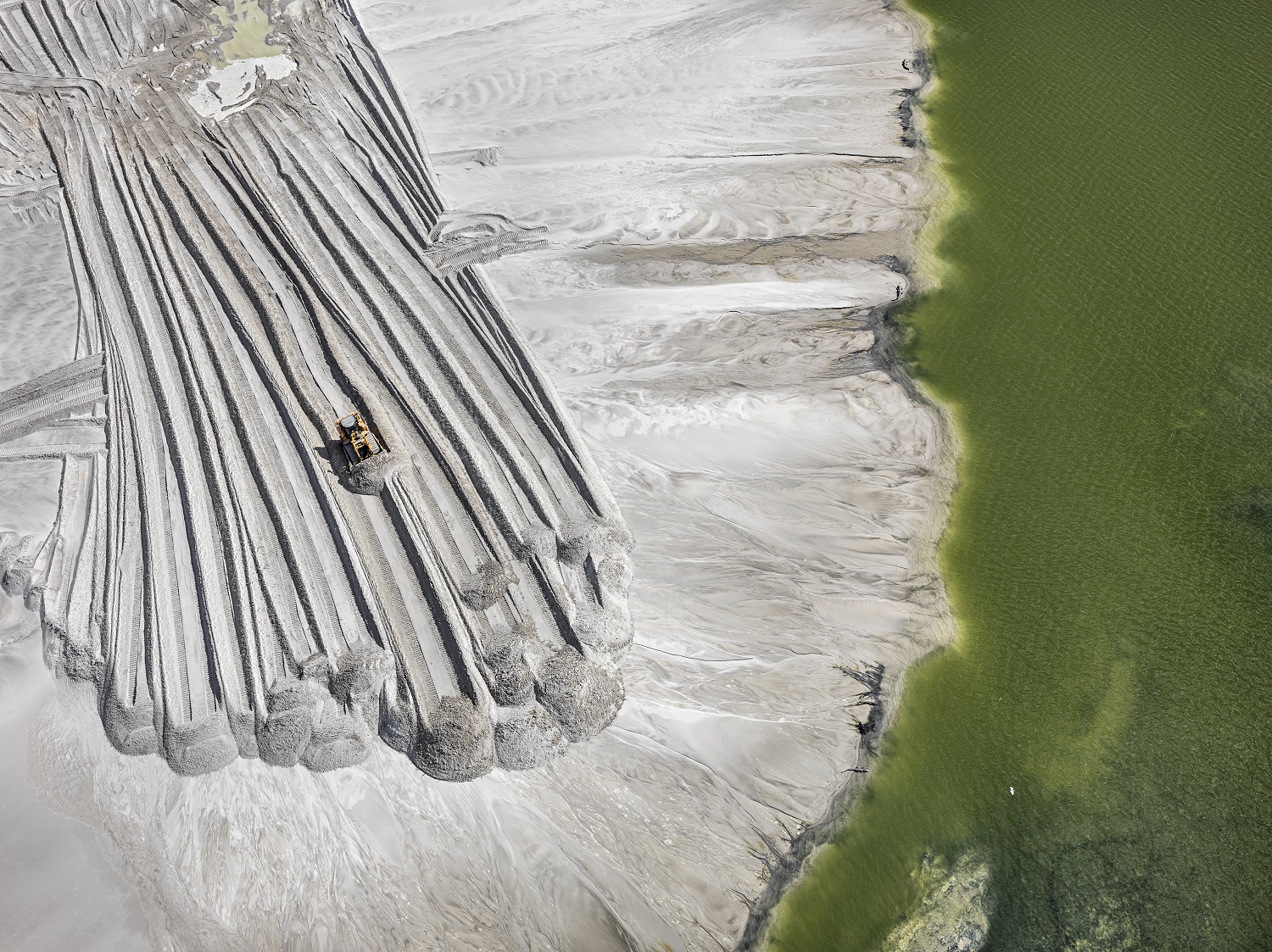
Edward Burtynsky, Phosphor Tailings Pond #4, Near Lakeland, Florida, USA 2012, Pigment inkjet print, 58 ½ x 78 inches. © Edward Burtynsky, courtesy Nicholas Metivier Gallery, Toronto.
-
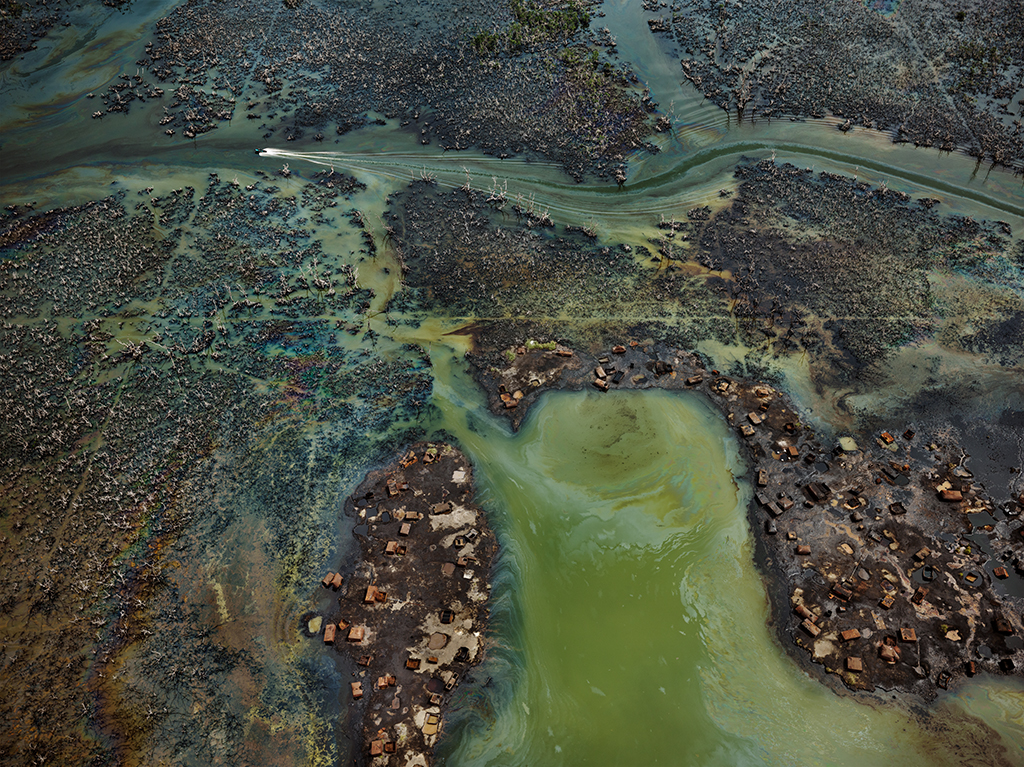
Edward Burtynsky, Oil Bunkering #4, Niger Delta, Nigeria, 2016, Pigment inkjet print, 58 ½ x 78 inches. © Edward Burtynsky, courtesy Nicholas Metivier Gallery, Toronto.
-
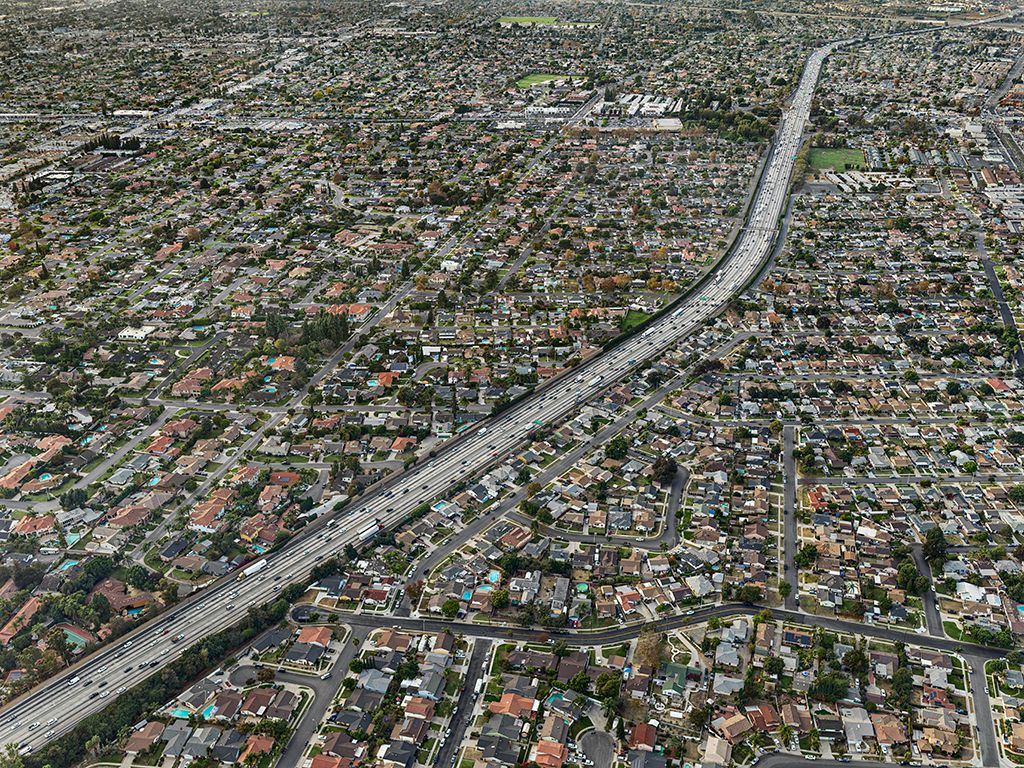
Edward Burtynsky, Highway #8, Santa Ana Freeway, Los Angeles, California, USA 2017, Pigment inkjet print, 58 ½ x 78 inches. © Edward Burtynsky, courtesy Nicholas Metivier Gallery, Toronto.
-
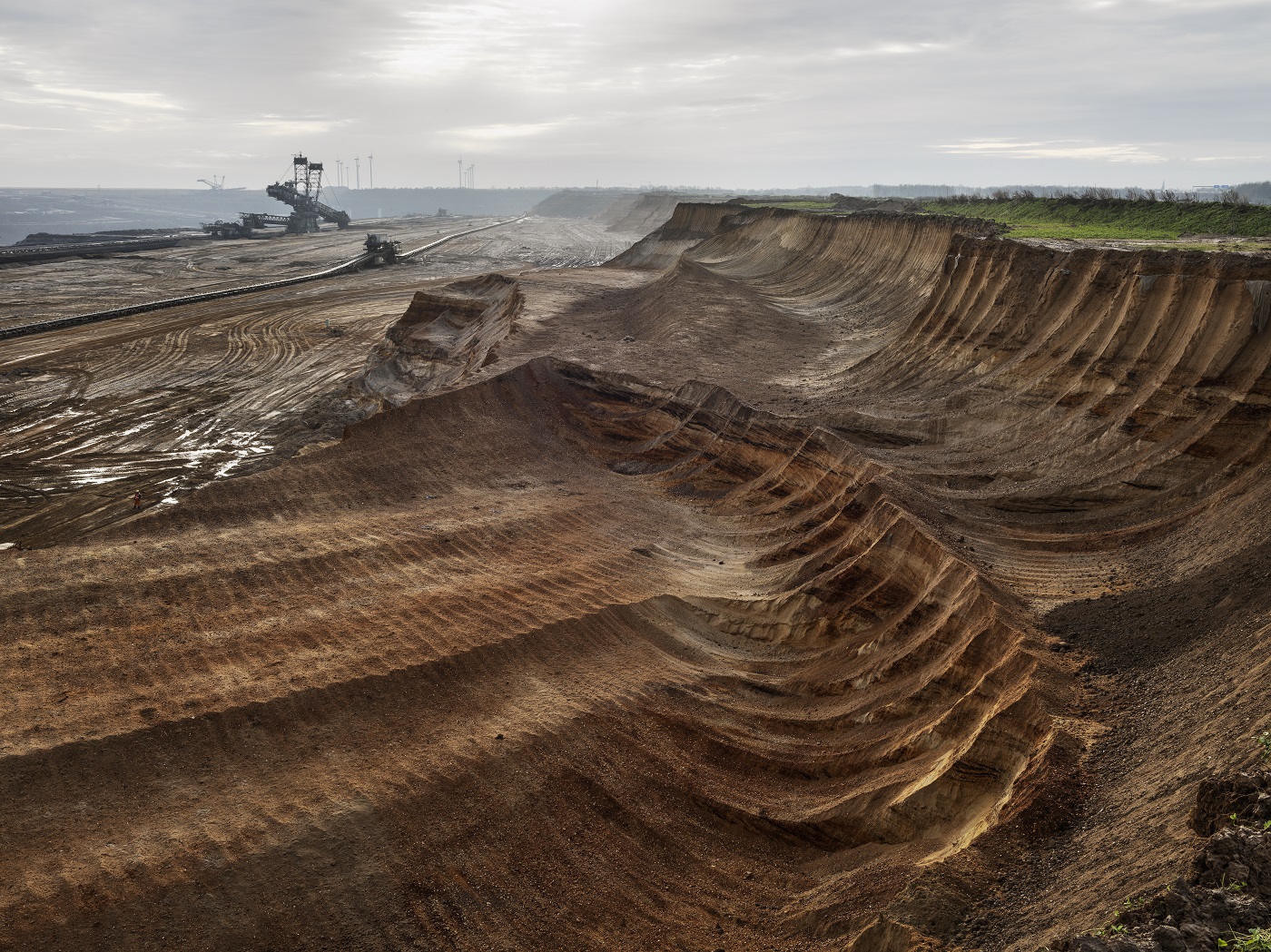
Edward Burtynsky, Coal Mine #1, North Rhine,Westphalia, Germany, 2105, Pigment inkjet print, 58 ½ x 78 inches. © Edward Burtynsky, courtesy Nicholas Metivier Gallery, Toronto.
-
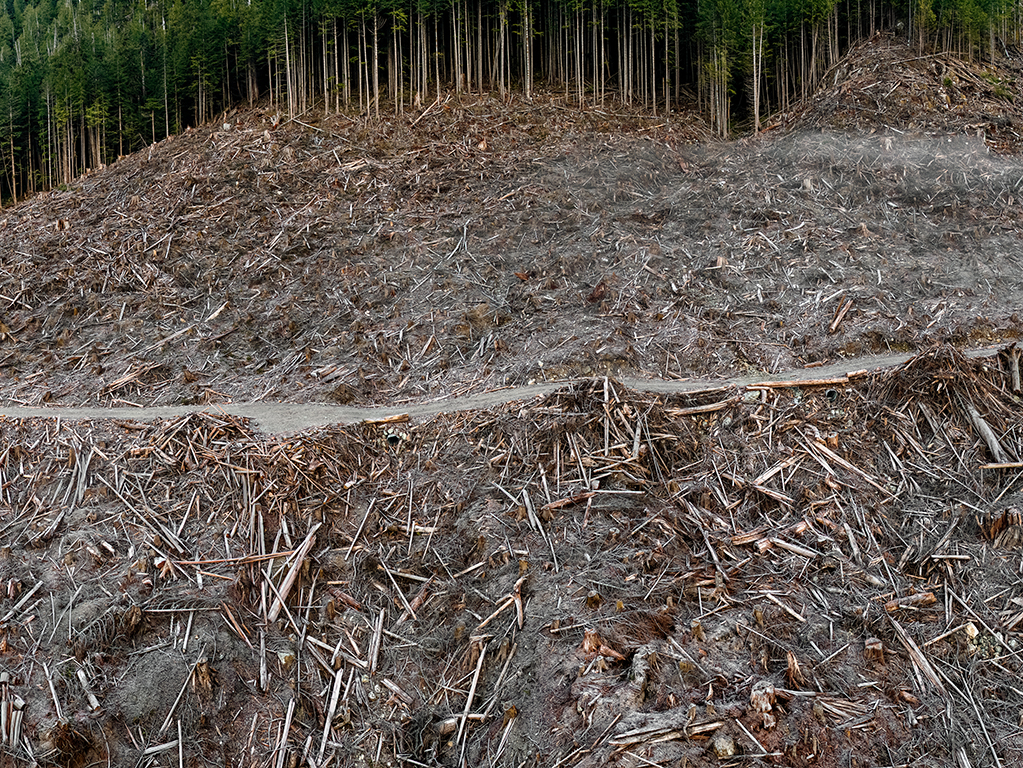
Edward Burtynsky, Clearcut #5, Vancouver Island, British Columbia, Canada 2017, Pigment inkjet print, 58 ½ x 78 inches. © Edward Burtynsky, courtesy Nicholas Metivier Gallery, Toronto.
-
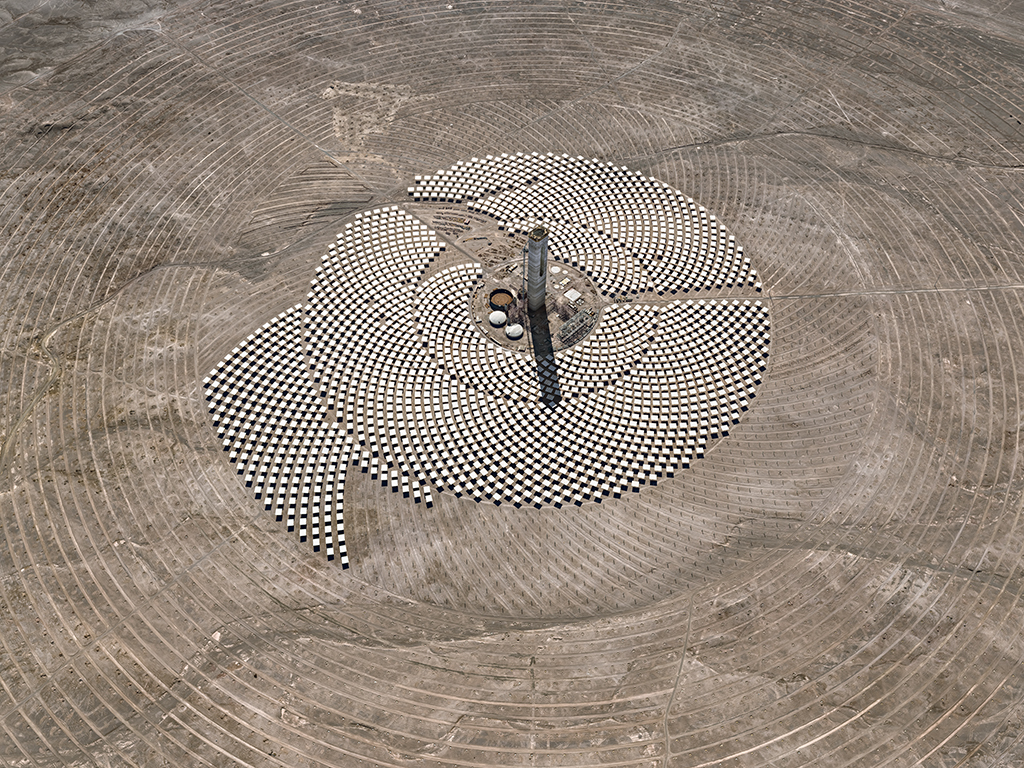
Edward Burtynsky, Cerro Dominador Solar Project #1, Atacama Desert, Chile 2017, Pigment inkjet print, 58 ½ x 78 inches. © Edward Burtynsky, courtesy Nicholas Metivier Gallery, Toronto.
Anthropocene Examines The Shocking Impact Humans Have On The Earth
A hauntingly beautiful exhibition.
This month, Anthropocene—a photography and multimedia art exhibition from artists Edward Burtynsky, Jennifer Baichwal, and Nicholas de Pencier—opens simultaneously at the Art Gallery of Ontario and the National Gallery of Canada, the first time the two museums have offered concurrent, complementary shows from the same artists. The Anthropocene Project also encompasses a feature documentary film arriving in theatres next month, a hardcover book from Steidl, and an exhibition of photographs by Burtynsky at the Nicholas Metivier Gallery in Toronto.
An endeavor for which the artists travelled to 46 different locations in 20 countries over the last four years, visiting every continent except Antarctica, the project aims to document and highlight the effect of human activity and industrialization on our planet. “Anthropocene is a word that was coined in 2000 by Paul Crutzen, and it’s a word that tries to describe what humans are doing to the planet, that we’re shifting the planet into another geological epoch,” explains Burtynsky. “Geologists are trying to tell us that we’re actually now a planetary force as a species; all of the work, whether it’s deforestation, or mining, or quarries, or farming, all of these things are key drivers of tipping us into this other state.”
A collaboration between photographer Burtynsky and filmmakers Baichwal and de Pencier, Anthropocene is a follow up to their previous films and creative projects, Manufactured Landscapes (2006) and Watermark (2013). Using both traditional photography processes and newer technology such as augmented reality and satellite imagery, the AGO exhibition showcases sites of human activity and environmental degradation as varied as the burning of a mound of confiscated ivory tusks in Nairobi, a clearcut forest on Vancouver Island, and a potash mine in Russia.
“We wanted to honour the complexity of this issue, and the complexity of our implication in it.”
Burtynsky even assembled an international crew to capture photos of underwater coral reefs in Indonesia’s Komodo National Park, shooting under water for the first time as a photographer. “That was my most interesting and brave adventure, because I’m not a super comfortable diver, these waters were quite treacherous, and the currents were really crazy; it took a lot of dives with a really amazing crew to make that photograph,” says Burtynsky.
Anthropocene, in a way, continues the examination of environmental subjects that Burtynsky had started exploring and photographing in the 1980s, like terraformations and quarries, but with moving-image, experiential components, and many high-tech layers. “These big murals are made using technology involving multiple frames with high-resolution cameras, mapping the photograph so [that] I can stitch it together with hundreds of images, versus one image,” says Burtynsky. “That allows for something on the scale of a billboard, but with the resolution where you can go right up to it and nothing falls apart. That wasn’t doable even 10 years ago.”
Hauntingly beautiful, the images, videos, augmented reality installations and large-scale murals of The Anthropocene Project depict the dizzying scale and breadth of humanity’s impact on the world, sending a meaningful alarm while avoiding the polemic structure of many environmental films. “I think the power of documentary comes from its engagement with reality. For me, it has to be the right kind of engagement,” says Baichwal. “We wanted to honour the complexity of this issue, and the complexity of our implication in it.”
Anthropocene will be on display from September 28, 2018 to January 6, 2019 at the Art Gallery of Ontario in Toronto, and from Friday, September 28, 2018 to Sunday, February 24, 2019 at the National Gallery of Canada in Ottawa.
An exhibition of Burtynsky’s solo photographs from the project, also entitled Anthropocene, will be on display from October 4, 2018 to November 3, 2018 at the Nicholas Metivier Gallery in Toronto.
_________
Never miss a story. Sign up for NUVO’s weekly newsletter.






